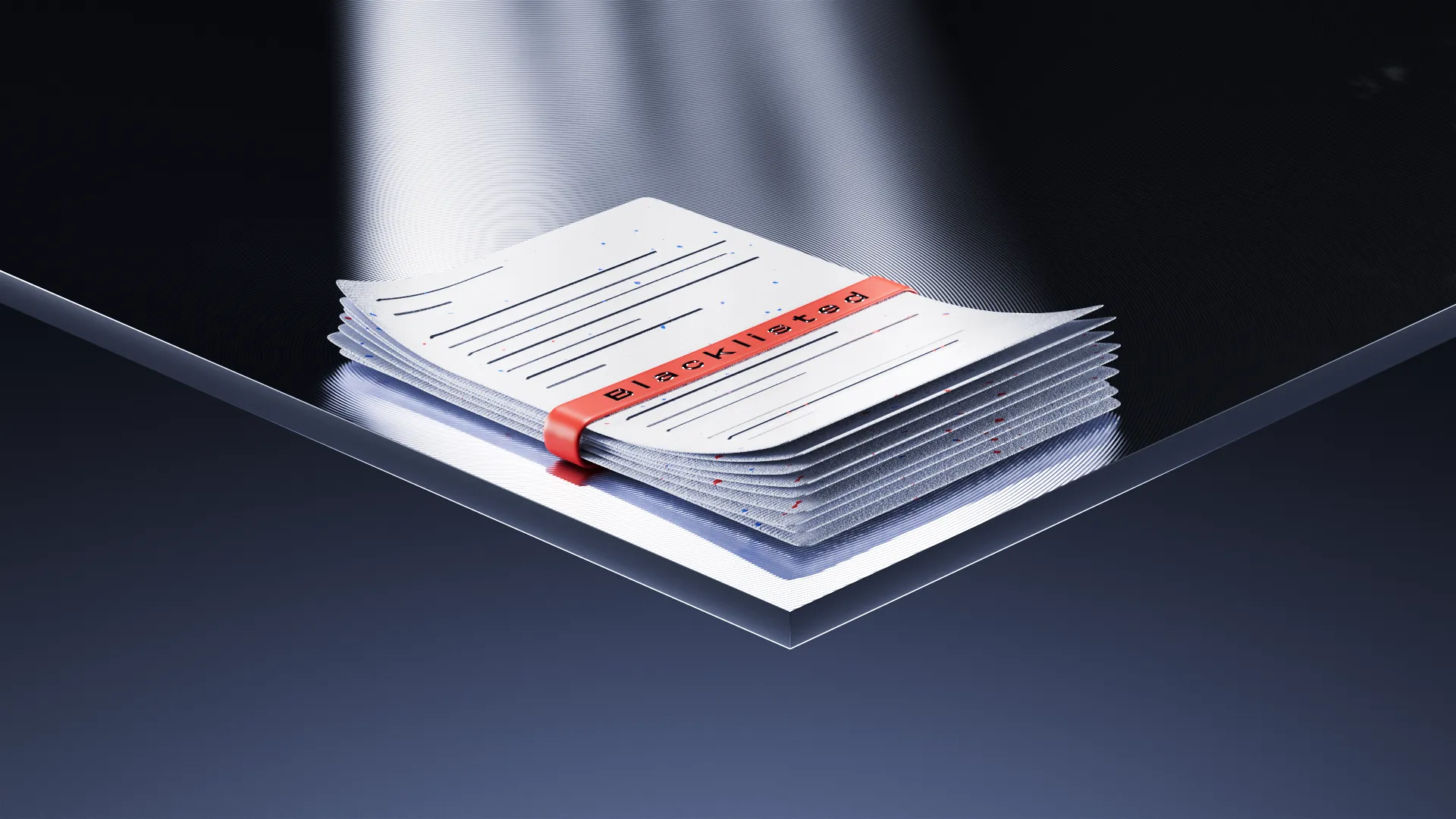There's a good chance you've heard about Spamhaus ZEN, read our piece on Spamhaus SBL, and now there's a new kid on the block: Spamhaus PBL.
I know. It may seem like another sinister innovation from the world of email blacklists, and you may wonder, "What the heck is PBL?"as well as "How does the PBL differ from other blacklists?" Most importantly, "How do you get off it if you've gotten there by accident?"
The good news is that it is not as frightening as it seems. And you've come to the perfect spot since we'll walk you through this blacklist (as well as Spamhaus PBL removal). Continue reading to find out how it differs from other Spamhaus blacklists, as well as how to delist your IP address.
The Article Walkthrough:
What Is PBL Spamhaus?
Spamhaus PBL stands for the Policy Block List, part of Spamhaus Zen. Simply put, it is a DNSBL (Domain Name System Block List) database that contains end-user IPs (both dynamic and static ones).
What Is Spamhaus Zen?🤔 Spamhaus Zen is a robust and comprehensive blacklist system that combines all Spamhaus IP-based domain name system block lists. The idea is to make querying more efficient and straightforward. It includes four blacklists: the SBL, SBLCSS, XBL, and PBL.
Compared to any other Spamhaus blocklist, the main goal of the PBL is to list IP ranges assigned to regular customers or end-users that should not be able to send emails to MX directly. In most cases, ISPs assign those ranges.
NB ❗️ Any IP address that shouldn’t be sending emails directly to the Internet is to be listed on the PBL, but it is the ISP in use that makes the final call.
Should you end up on the PBL, you shouldn’t assume that you are doing anything wrong. Being listed won’t affect your deliverability potential unless proper email authentication is missing (and only if you are not listed on other blacklists).
Usually, Spamhaus PBL lists normal customer IP space, so it is critical that you don’t use it on smart hosts or SMTP AUTH outbound servers. If you do, you put your own clients at risk of being blocked.
How Does Spamhaus PBL Work?
One of the vital points to learn about the Spamhaus policy block list (PBL) is that all the IP ranges are added and controlled by those networks that take part in the PBL project along with the Spamhaus PBL team. Such an approach ensures that all necessary outbound policies are appropriately applied.
Step-by-step listing process of Spamhaus PBL list:
- The policy block list identifies the IP range. An existing end-user IP range database is referred to as the first step to potentially list an IP.
- An IP range gets listed. All the ranges available are PBL-listed according to different categories. Once an IP address corresponds to any of the PBL lists, it is flagged as inappropriate for sending direct messages.
- The ISP/block owner is notified. Once a major source of spam is located, the ISP/block owner is allowed to act upon the found records the way they see fit.
- Further abuse prevention. Once the PBL Spamhaus list detects IP ranges associated with end-users and lists them, it reduces spam risk.
IMPORTANT ❗️ Spamhaus PBL team adds additional IP ranges when some networks can’t participate independently. Usually, it concerns ISPs/block owners that do not know about the matter, are difficult to get in touch with, or oppose language challenges that are difficult to resolve.
Elimination of "false positives"
False positives would be legitimate IP ranges marked as end-user IPs in this particular case. Spamhaus PBL policy block list is known for its ‘false positive’ elimination approach. It uses a server-identifying, automatic mechanism to deal with single IPs.
Such an approach ensures that end users with static IPs can prove their legitimacy and eliminate their addresses from the PBL database. Keep in mind that the list features potent safeguards to detect and block spammers who may want to abuse the opportunity.
Spamhaus PBL Blacklist Removal: How To Delist Your IP?
Here comes the obvious question — How do I delist my IP from Spamhaus PBL when the need arises? There are a few simple steps to take. Let’s review them in order.
Ensure you meet the removal requirements
Since the Spamhaus PBL block list is slightly different from other blacklists you may have been dealing with, the primary action would be to figure out whether you meet all the removal criteria.
- You can only inquire about an IP removal if you intend to run an outbound mail server at the listed address (you can't remove your IP if you use shared IP address)
- You can’t request removal from free email accounts (Gmail, Hotmail, Yahoo, etc.). Such removal requests will be labeled ‘invalid’ straight away.
FYI ❗️ A legitimate mail server comes with a proper hostname. Thus, a server admin should have an email corresponding to the server. Every address matched by a domain that corresponds with the mail server is accepted for removal.
- You can use only STATIC IPs for removal.
- Reverse DNS should be properly configured.
- The IP should be assigned to an individual or company that is performing the removal.
- Only single IPs assigned to mail servers can be removed. IPs that do not run outbound servers won’t suffice.
NOTE:
It is possible to remove multiple IPs if the ISP that assigned those requests the removal directly. Every individual that will try to remove multiple IPs will have those reversed.
Check the IP listing page
If you are sure you meet all the removal requirements, you can proceed with the listing.
- Go to the Blocklist Removal Center
- Enter your IP
- Proceed with the Lookup
- If listed on PBL, check the return codes to figure out your next steps
Usually, there are two types of return codes that appear, depending on the source of the range.
127.0.0.10 — the range was entered by participating ISP
127.0.0.11 — the range was entered by Spamhaus
Ensure that SMTP authentication is enabled
Those of you who use Apple Mail, Thunderbird, or Outlook may find themselves listed on the PBL list because of disabled SMTP authentication. The matter may be fixed automatically once you enable SMTP authentication and configure it correctly.
SMTP authentication (SMTP AUTH) is necessary when sending emails through different ISP mail servers and corporate email servers. The system basically consists of a username and password that only authorized users are entitled to.
When the authentication is enabled or a user uses the wrong credentials, the servers won’t accept incoming outbound emails since the servers must know that the accepted connections come from legitimate users.
Spamhaus PBL is used to determine what to do with those connections that failed SMTP AUTH. So, when the inevitable happens, you will receive a message saying that you’ve been blocked without a detailed explanation as to why. Yet, in most cases, you will have to turn authentication on and go on with your busy day.
Main points to evaluate about enable SMTP authentication:
- Whether the provided credentials are correct and up-to-date
- Inquire from the ISP as to whether their SMTP AUTH is working fine at the moment.
- Whether the port number is correct. Usually, it is a 587 or 465 port number that is in use.
FYI ❗️
Don’t use port number 25. Most ISPs don’t support it at the moment.
-
If you have any specific software to configure, you may want to consult the ISP’s manual page to find precise instructions on the matter.
Request delisting as a system administrator
The Spamhaus PBL removal process is exceptionally straightforward if you are a system admin. Follow these steps to succeed in the process:
- Carry out a dedicated Lookup process.
- Fill out the removal form and press Submit.
- Verify your email address.
- Wait around 15 minutes for DNS propagation.
Bottom Line: Treat Any Blacklisting Like an Opportunity
No matter how frustrating it may seem when you find out your IP has been blacklisted, you should use the opportunity to grow and improve your sending practices. Usually, you can remove an IP from blacklist in a matter of a few simple steps, but the experience you gain in the process will be unparalleled.
As long as you enhance your email practices, strengthen your security measures, and build a more resilient email infrastructure, delisting will seem like a mundane activity everyone faces at one time or another. Besides, the Folderly team will always help you build a positive email reputation, increase email deliverability, and improve communication with your recipients!

